Cycling and triathlon are both demand driven sports. This means that an athlete’s performance is down to being able to meet the demands of the day. Sometimes, figuring out exactly what these demands are can be difficult. If you want to execute a ride, be that a ten mile TT or an Ironman bike leg, in a specific time then you’ll need to have a good idea of what the demands for that are on a particular course. Obviously, we recommend using myWindsock for this.
A demand driven approach is quite a simple one. You identify a goal, figure out what’s needed to achieve that goal and then prepare specifically to meet those demands. It’s a means of identifying gaps in your performance profile that are limiting your performance and broadly is how world class coaches and performance engineers approach problems. For example, it’s easy to say you want to run a race, ride a TT course or something in a given time but actually breaking down that goal into trainable components and addressing these specifically is how you’re likely to achieve it.
With anything, analytics tools are useful for this. We would put myWindsock in the same category as something like Training Peaks, WKO5 or a lactate test with regards to its usefulness from a performance perspective. We don’t focus on physiology, but a good performance in cycling (especially a time trial situation) relies on maximising the ratio of energy in to energy out. Your physiology is your physiology and come race day you’re unlikely to suddenly crank out fifty more watts than you’ve managed in training but you can certainly maximise the power that you have available with aerodynamic testing and optimised pacing.
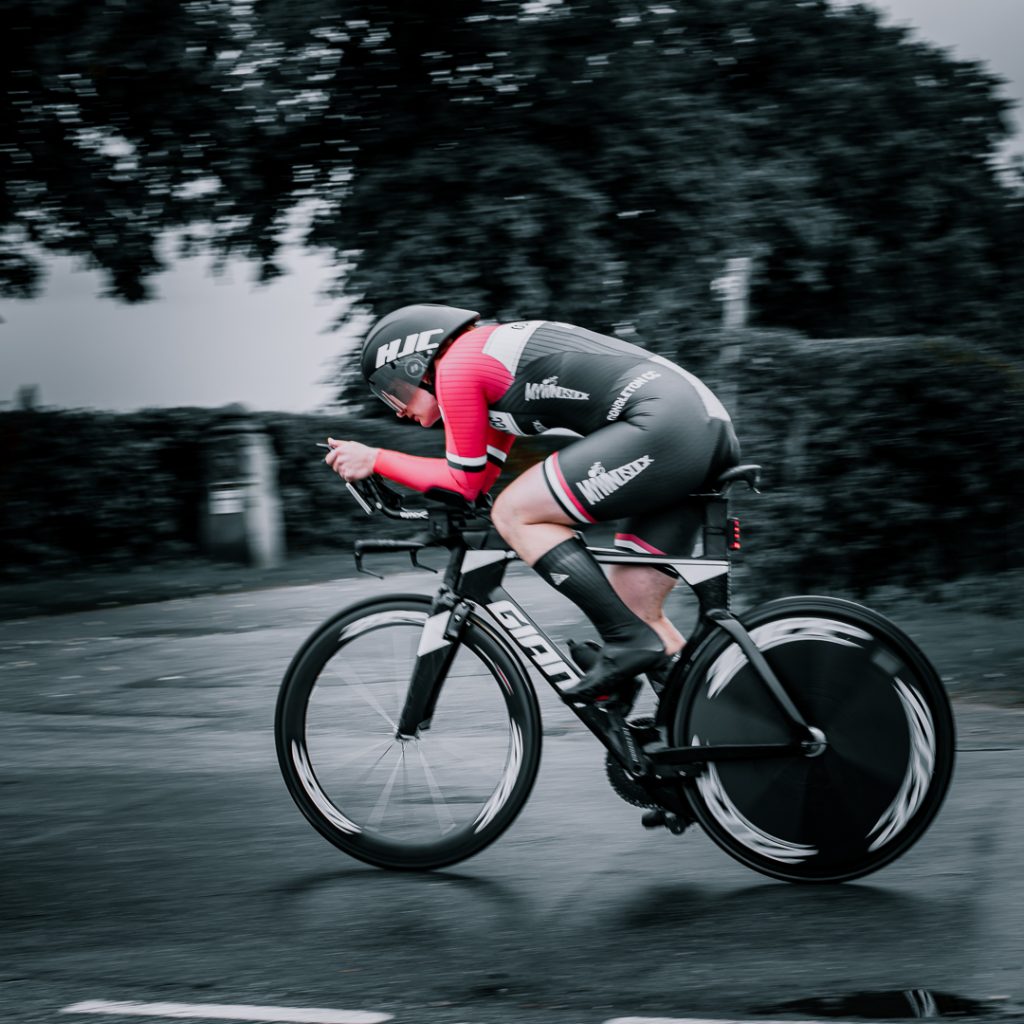
A demand driven approach to a race
I’ll use a race that I’m planning to race as an example of this. It’s a middle distance triathlon in Ibiza and the bike leg is around 90 km with roughly 900 m of elevation. In order to remain competitive I’ll need to be off the bike in under 2 hours and 10 minutes having used as little energy as possible. I’ve got around 300W at my disposal (while still being able to cobble together a decent run) for this so we will have to take that into account.
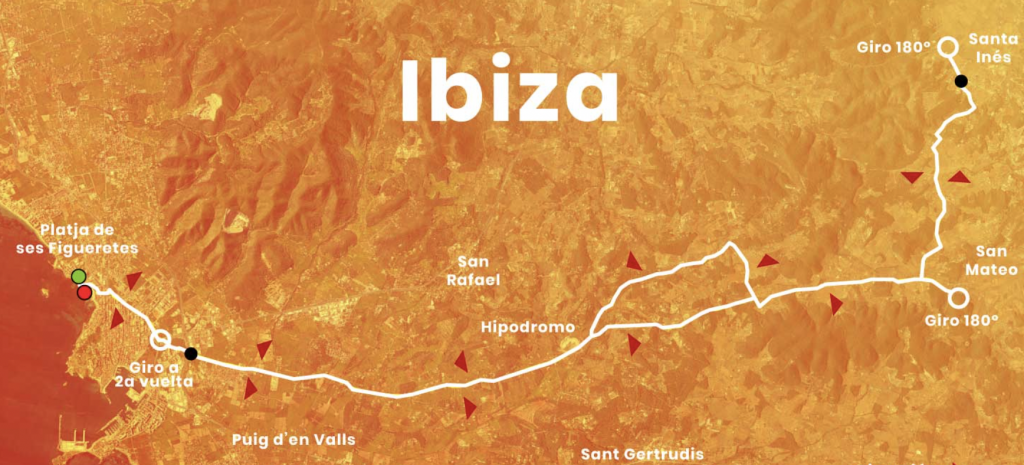
Let’s start with a power budget of 310W which we will cap as my normalised power upper limit, while I know that I’m capable of more than this – one demand of a triathlon is that you have to go running after the bike leg and in order to execute this run well, keeping the ride as close to the first lactate threshold as possible is optimal.
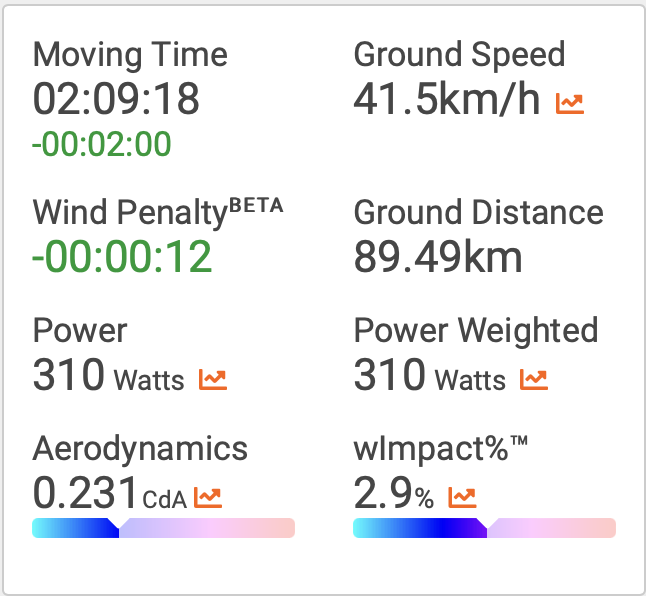
Given the goal is to execute a bike leg under 2 hours and 10 minutes, this ‘smooth power’ input serves a sanity check as to whether or not this goal is actually achievable. From this, it seems likely that this is the case so let’s optimise the pacing strategy within the performance constraint that we’ve identified.
The first step to this is check where on the course over-pacing climbs makes a difference. We do this with the “where power matters most” feature on myWindsock.

Now, we simplify the breakdown of where power matters most and implement this as rules.
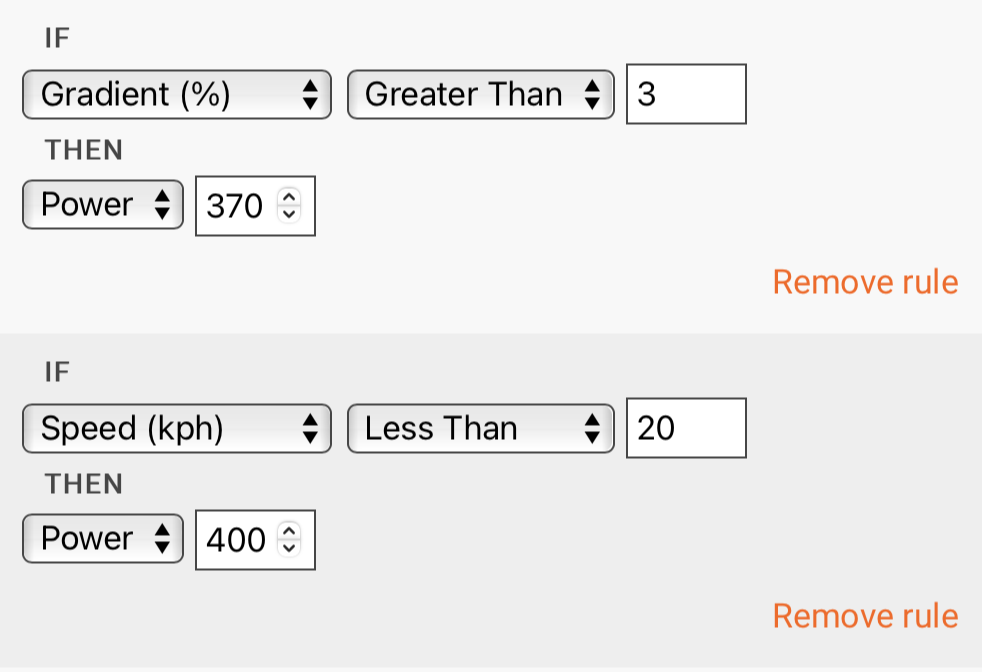
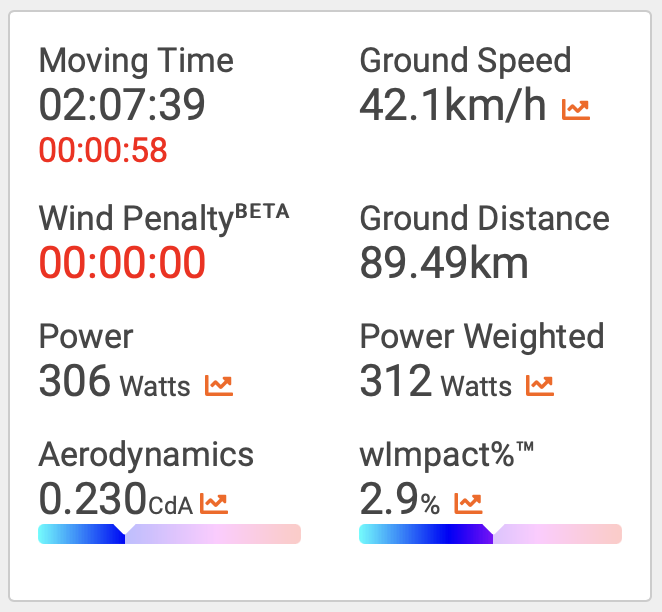
It’s better to pace climbs slightly harder than flat sections (which you can read about here on our blog) and given we know what power we can manage for given durations we can come up with a training session to help prepare the specific demands of the course. Using myWindsock’s rules feature we can figure out how we will pace these climbs, build an interval session and plug it into Training Peaks for all or part of the course. This means we can train for the specific demands of race day on the turbo trainer at home.
World class athletes and coaches all use a demand driven approach to competition. Setting a goal and achieving it requires an approach that identifies the things that are currently preventing that. myWindsock is a tool for this, one of many and one used by Olympic Gold Medalists, professional cyclists and teams as well as the UK’s best time trialists.
Sign up to myWindsock here today.




 UK Time Trial Events
UK Time Trial Events